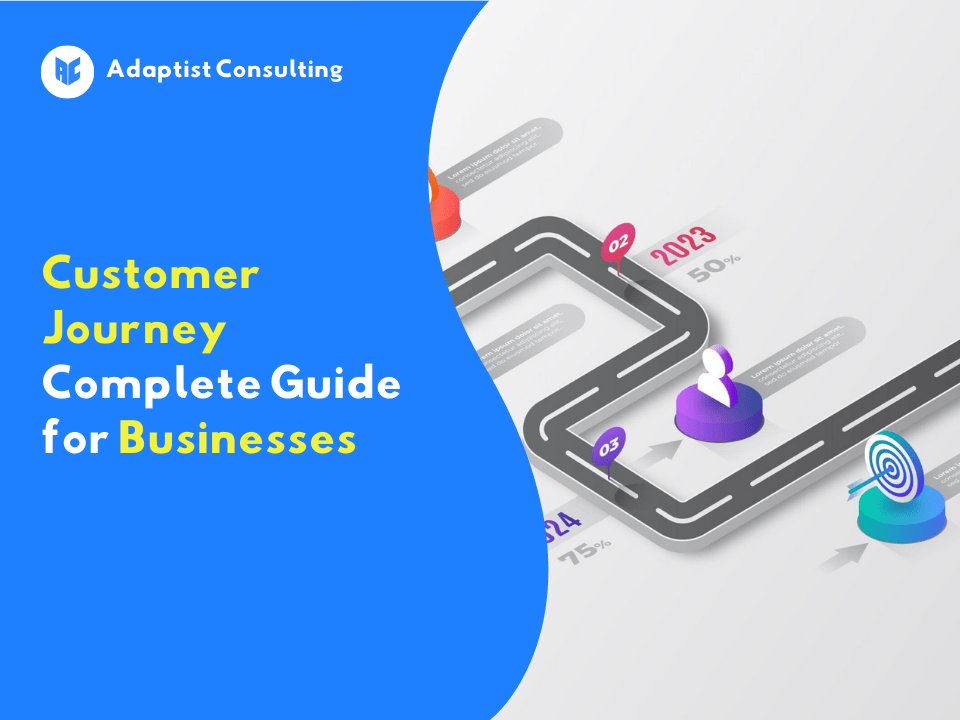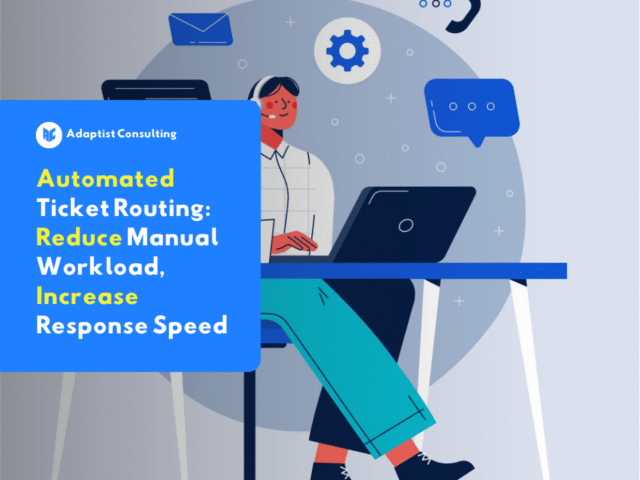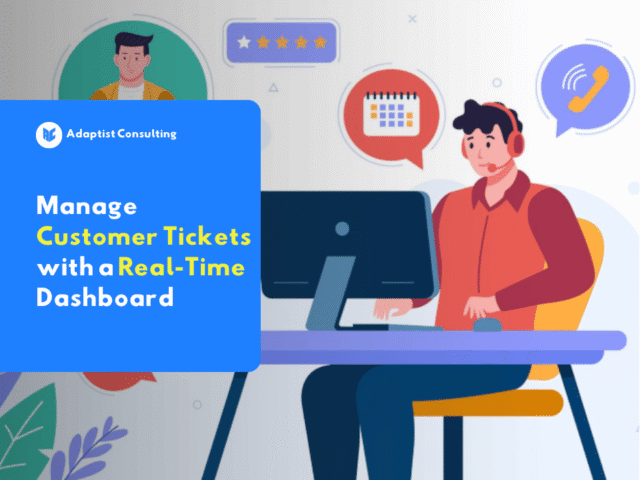
Omnichannel vs Multichannel – Choosing the Right Strategy for Your Business
September 22, 2025
What Is Multifactor Authentication (MFA)
September 23, 2025Customer Journey Complete Guide for Business

Customer Journey is the path customers take when interacting with a business—from discovering the brand, considering options, making a purchase, to recommending the product. By understanding this journey, businesses can deliver more consistent and relevant customer experiences.
What Is a Customer Journey?
The customer journey is essentially a map of customer interactions with a brand, spanning from awareness to post-purchase. According to Qontak, this journey covers all touchpoints such as social media, email, chat, and physical stores. In other words, the customer journey helps businesses understand the big picture of how customers engage with a brand at every stage.
Main Stages in the Buyer Journey
Most sources divide the customer journey into five common stages:
- Awareness – customers realize they have a problem or need.
- Consideration – customers compare available solutions.
- Decision / Purchase – customers decide to buy.
- Retention – businesses maintain customer loyalty after purchase.
- Advocacy – customers become promoters who recommend the brand.
Why Mapping the Journey Matters
- Understand Customers Deeply – reveal their needs, motivations, and emotions.
- Improve Team Efficiency – align marketing, sales, and support teams.
- Identify Gaps – spot friction points or underperforming touchpoints.
- Boost Loyalty – positive experiences encourage repeat business.
- Create Brand Advocates – satisfied customers naturally promote the brand.
Steps to Build an Effective Journey Map
- Define Goals – e.g., improve sales, retention, or customer satisfaction.
- Create Buyer Personas – understand your target audience.
- Identify Touchpoints – website, app, email, chat, call center, etc.
- Note Emotions & Pain Points – capture customer feelings and obstacles at each stage.
- Define Solutions – strategies to address pain points (automation, faster support, etc.).
- Test & Review – walk through the journey as a customer and refine regularly.
Omnichannel’s Role in the Buyer Experience
Customer experiences often suffer if communication channels aren’t connected. With an omnichannel system, customer data and interactions are integrated, making the journey more consistent and seamless across all touchpoints.
Conclusion
Customer Journey is a crucial foundation for understanding and improving customer experience. By mapping it in detail—including emotions, pain points, and touchpoints—businesses can create sharper, customer-focused strategies.
For modern, integrated solutions that enhance customer experience, explore Adaptist Prose.




